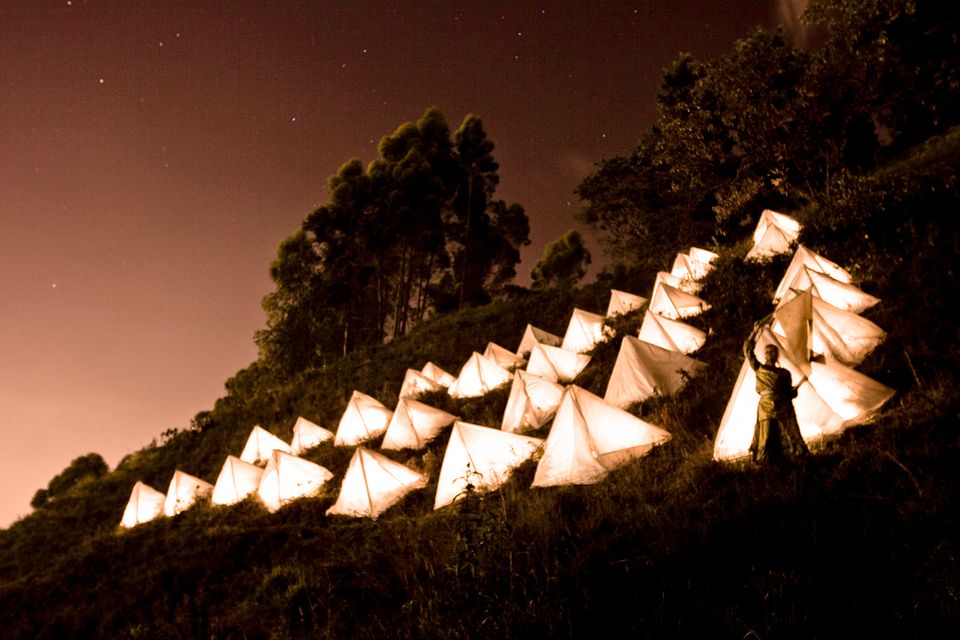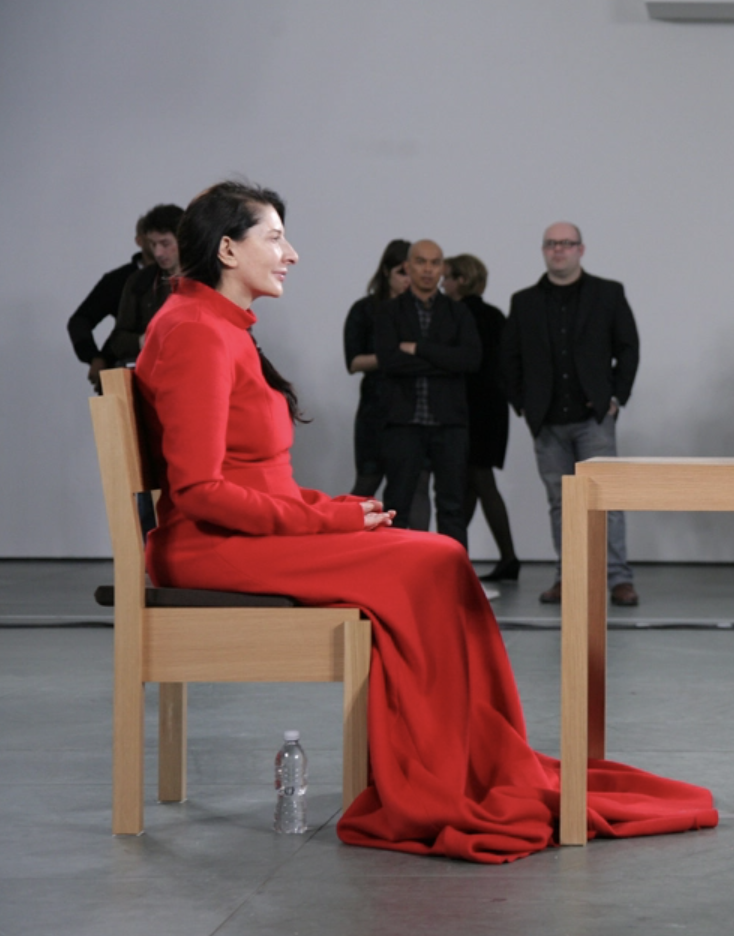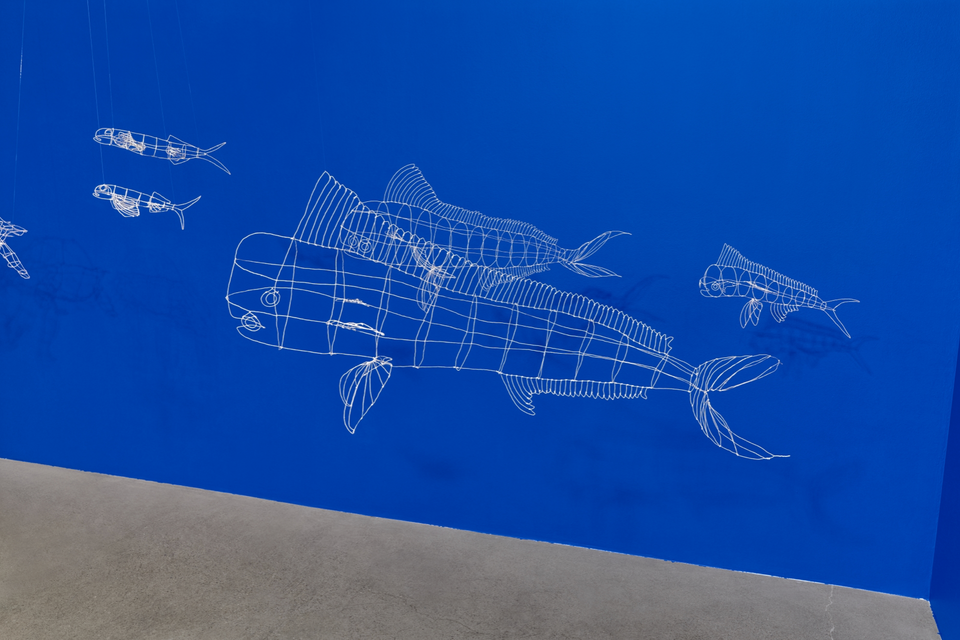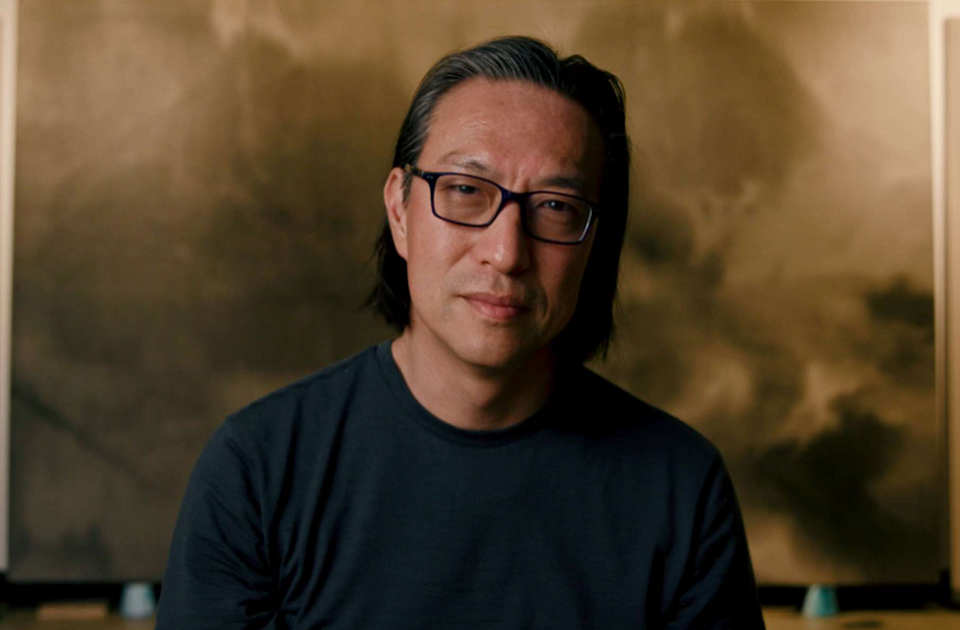Every Tuesday afternoon, we are showcasing an individual artist recognized for their unique voice, ideas and process. Once a month, a featured artist will be selected by Rebecca Locke, a New York City-based artist and curator, who develops collaborative and artist-led projects.
Curator’s introduction:
Santiago Escobar-Jaramillo’s work is marked by his craft as an architect, defined by his use of space, by his understanding of construct, lines and placement. He appropriates the environment right in front of him, just where he stands—buildings, steps, floors, walls—to create scenarios, and so doing, asks the viewer what they see?
He plays with scale, he plays with unexpected elements, and by using the insignificant—objects and toys—he appropriates the innocent to show the horror of war, of loss, of uncertainty. The series INVIS!BLES exposes the human cost of war, inviting us to consider displaced people, their ‘not knowing’, their ‘not fully living’. Through this series Escobar-Jaramillo draws attention to the suffering of those who have been affected by war over the last six decades in his native Colombia, and in this context the cold reality of his staged scenes is humanizing.

The forest of tools, for example, in Hombresolo, kidnapping Utopia, depicting a row of trees, symbolizes the coldness of the jungle, the image visualizing a utopian scenery which reflects the pain not merely of kidnapped individuals, but through their absence, the trauma suffered by their families and also society.
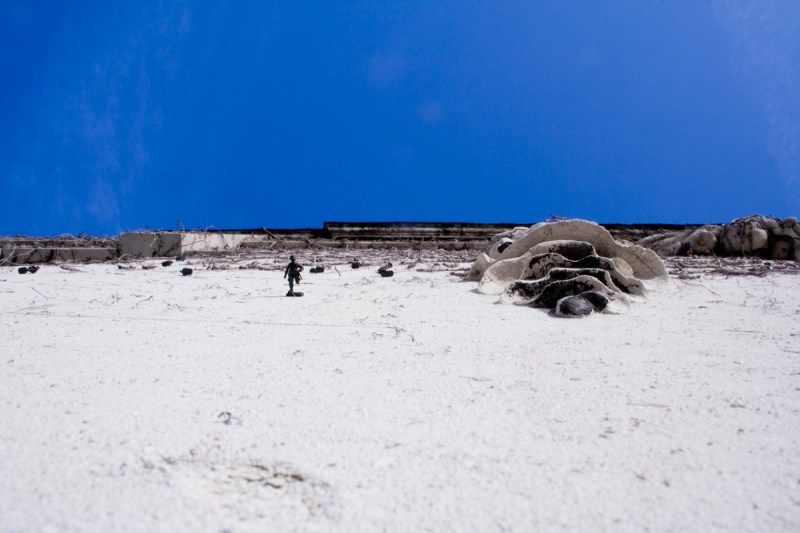
Under the sea, upside love / Abajo del Mar, Arriba el Amor, an image made during an intervention outside the University of London’s Goldsmith College, through which the artist brought the brutal reality of war to viewers in London: a soldier, leg amputated by a mine, waits for the sun, for an answer to cancel out the grief and the cold of war.
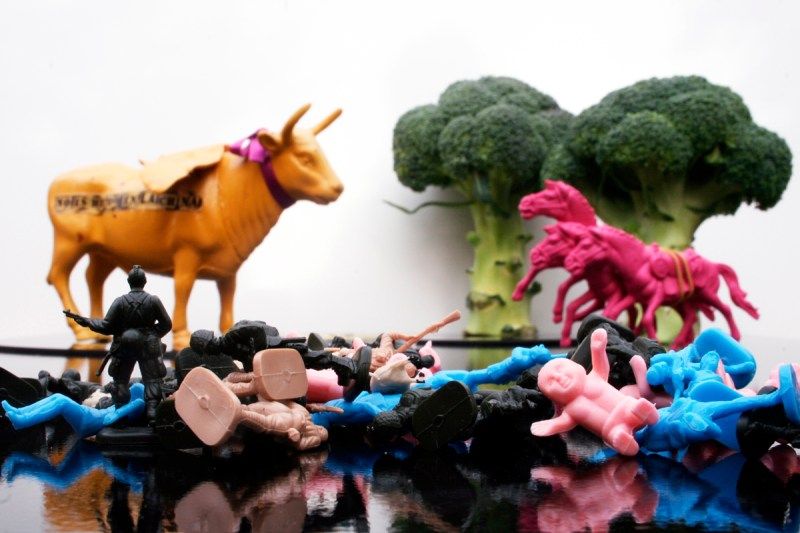
He who invented this Nativity was sole / El que inventó esta Navidad estaba solo’ explores the loneliness of Decembers for kidnapped people held in the Colombian jungle.
Through his practice Escobar-Jaramillo asks “what is more direct and crude than violence? What is more sad and terrible than injustice and poverty?” Zapatitos de Algodón: Right or left shoe? / ¿izquierda o derecha? reflects on how this violence and the displacement of refugees’ often happens in silence, under the world’s radar.
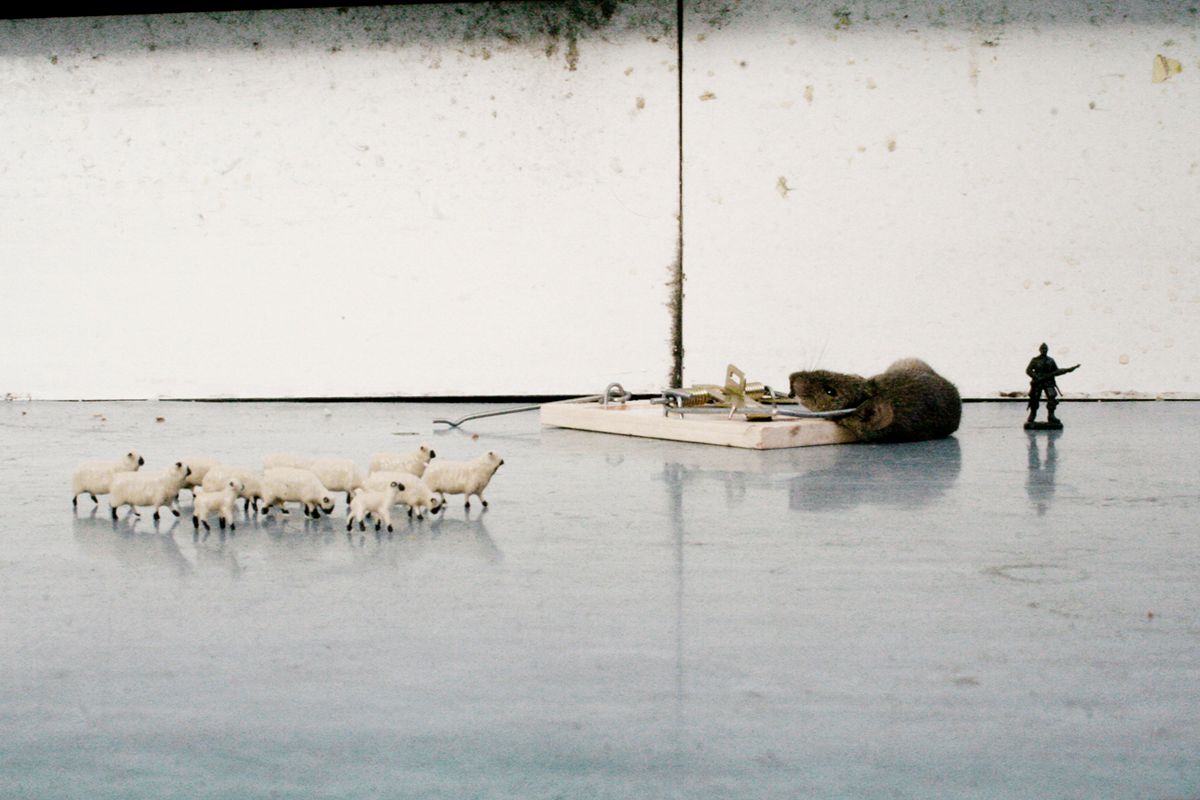
With his most recent work, Colombia, Tierra de Luz (Land of Light) Escobar-Jaramillo uses participatory practices to bring reconciliation, to throw light on the lives of those across diverse regions of Colombia to try to make sense of the past. His statement below outlines his process.
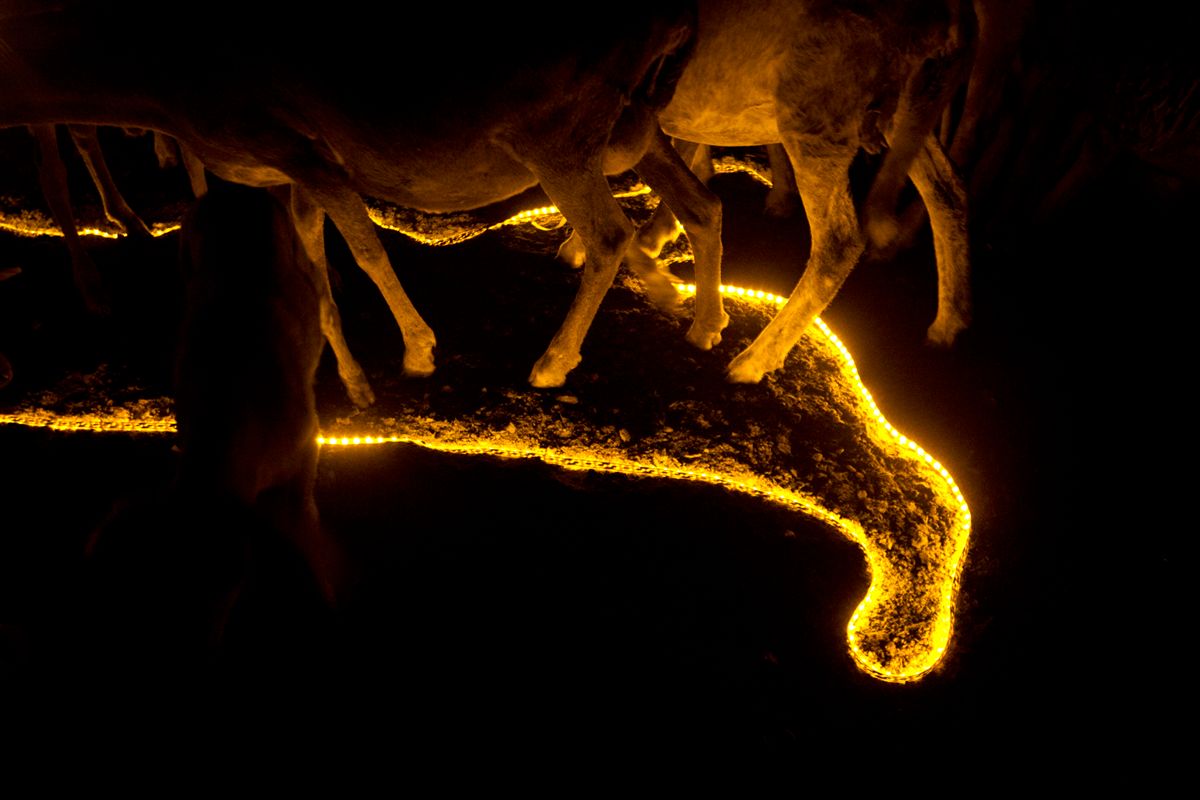
Bio:
Santiago Escobar-Jaramillo, is an architect and photographer, and graduate of the National University of Colombia, and Goldsmiths College, University of London where he gained a MA (merit) in Photography and Urban Cultures. His projects have been exhibited internationally in over 80 individual and collective exhibitions, including festivals and shows in Istanbul, Venice, London, Berlin, Beijing, Lima, San Salvador, Querétaro, Oaxaca, Montevideo, Bogotá, La Havana. His recent series, Colombia, Land of Light, has been exhibited and presented at the DRCLAS@Harvard University, MIT and Emerson College in Boston, MA, USA. Santiago has photographed for Villegas Editores, Revista Semana, UNHCR, MFO-Egypt, ICIPE- Kenya, Banco de la República, Colombia. He has been commissioned to run workshops for National Geographic Student Expeditions, Zona Cinco, Don Bosco Vocational Center, Fujifilm, CUCR, Goldsmiths, University of London, UNHCR. His published books include Solidarity In Colombia and London, Gap My Mind, he is a former Fujifilm’s X-Photographer, and member of the Association of Urban Photographers, La Hydra and Colectivo +1.
Artist Statement:
Colombia, Tierra de Luz (Land of Light) consists of a series of symbolic acts of support through the medium of photography and art, for victims of violence and those displaced across Colombia. Violence and forced displacement in Colombia has been one of the most worrying and most direct effects of the armed conflict for over five decades.
In 2013, the Colombian Historical Memory Centre released Enough Already! Colombia: Memories of War and Dignity. The report documents that between 1958-2012, armed militia were responsible for at least 220,000 deaths, 4.7 million internal displaced persons, 6.6 million hectares of land usurped and 27,023 kidnappings. Nonetheless, the Colombian Government and guerrilla FARC-EP are currently in La Havana, Cuba discussing the agenda to end the conflict and aim for a sustainable peace. A sustainable post-conflict process must be implemented if Colombians want to change their history and build a stable base for the future.
This slideshow requires JavaScript.
During the interventions (artistic actions, poetry workshops, celebrations and testimonial records), villagers (peasants and indigenous people) expressed their thoughts and emotions through words, gestures and singing while they assisted Santiago in constructing and lighting sculptural objects and scenarios using consuming light, lanterns, mobile devices, candles and bonfires. The photographs made are indispensable as vessels for memory and imagination for children, teenagers and adults who participated in the actions. Thus, the photographs made of light (through the process of capturing light by the camera) are considered memorials when copies are given to each family, to be hung in their homes.
The selection of locations for the interventions (i.e. Amazonas, Guajira, Chocó, etc.) reflects Colombia’s rich variety of multicultural groups, regions, landscapes, climate, historical context, traditions and celebrations, geopolitics, as well as social problems and different armed groups.
www.urbanphotographers.org/members-santiago-escobar-jaramillo
www.fujifilm-x.com/photographers/es/santiago_escobar_jaramillo

